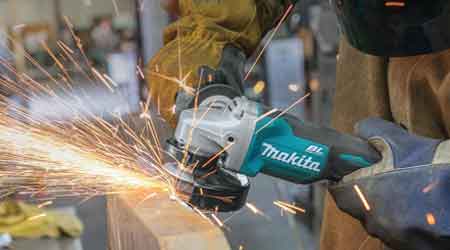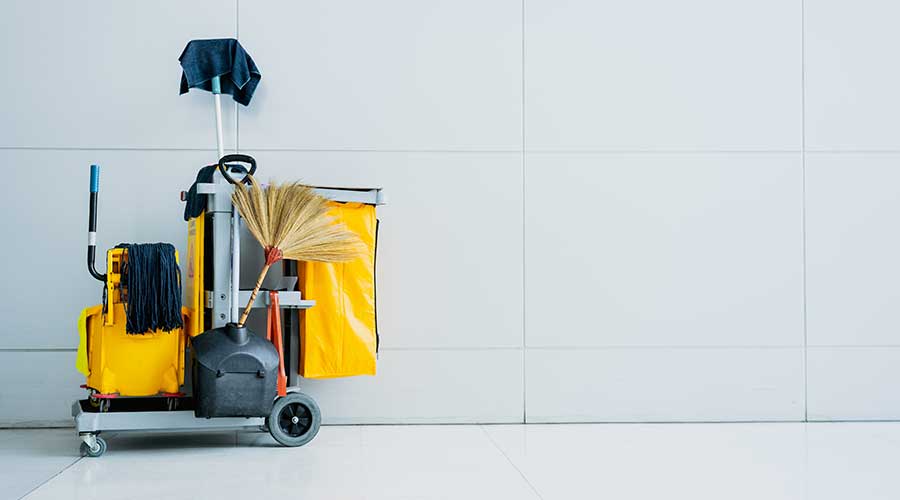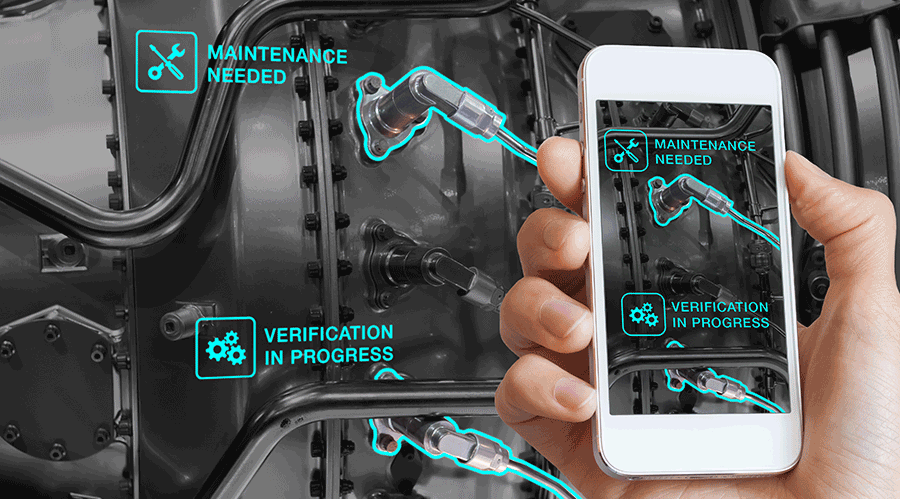Ergonomics Emerges as Important Power Tool Consideration
Part 2 of a 4-part article on power tools
Ergonomics is the study of work — more specifically, fitting the work to the body motion capability, rather than forcing unnatural motions, which can cause musculoskeletal disorders of the fingers, wrists, arms, shoulders, neck, back and legs. These disorders can result from such stresses as excessive vibration, force, and repetitiveness.
Effective power tool ergonomics depend on a tool’s size, weight, and balance. Because of their smaller size and lighter weight, tools powered by LI batteries have an ergonomic advantage. Technicians should test tools at a store before buying or have a vendor bring the demo truck to their site so they can use the tools to compare their feel. They should test the weight and balance with the battery installed by moving the tools up and down, sideways, rotating it with a twist of the wrist, hand, arm, and shoulder, simulating getting the tool aligned and using it in tight spaces.
Power tools with a battery pack have a different balance point and are heavier than corded tools. If a tool feels awkward, it will cause more fatigue over the workday. Technicians should ensure that the nose piece or chuck is tapered enough to fit in small spaces, and they should pull the trigger to test the amount of finger pressure needed.
Is the battery a cartridge or flat-bottom type? This feature determines whether the tool lies on its side, is placed in a holster or stands upright. Tool-less blade clamps on saws and keyless chucks save time when changing blades and drills. On circular saws, how good is cut line visibility when aligning the circular saw blade to the cut mark?
A sharp cutting tool is safer, requires less pressure, vibrates less, cuts faster, and uses less power. Technicians should never use dull saw blades, drills bits, or hammer bits. On large jobs, it might be necessary to sharpen cutting tools several times. Investing in high-quality grinders and drill sharpeners will pay for itself many times over in more efficient and safer tool use.
The issue also affects task planning. Standard task times used in planning and scheduling work are based on technicians using sharp tools. If it is difficult to meet the planned times, this might indicate that technicians are using dull tools. Also, the extra pressure required to get the job done with dull tools is a safety hazard because the drill could overheat or its bit shaft could break under excessive load and cause injury or damage.
Related Topics:















